Iran's FM makes first post-war visit to Saudi Arabia
Araqchi discusses bilateral relations, regional development with Saudi counterpart
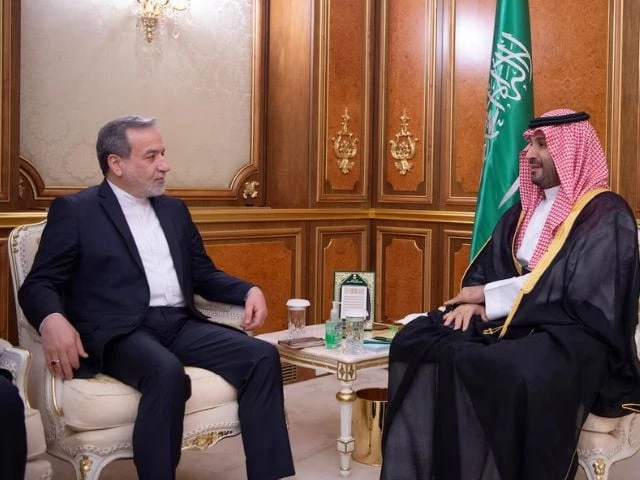
Saudi Arabia's Crown Prince Mohammed bin Salman met Iranian Foreign Minister Abbas Araqchi in Jeddah on Tuesday, in the first visit by the Iranian official to the Gulf kingdom since Tehran's air war with Israel.
The two discussed relations and the latest regional developments, Saudi state news agency SPA said.
Araqchi held "fruitful" conversations with Foreign Minister Faisal bin Farhan Al-Saud and Defense Minister Khalid bin Salman, the Iranian Foreign Ministry spokesperson Esmail Baghaei said in a post on X.
HRH the Crown Prince, Iranian Foreign Minister Discuss Regional Stability.https://t.co/7VvEUiYFuK#SPAGOV pic.twitter.com/hYMPa1AgcG
— SPAENG (@Spa_Eng) July 8, 2025
Earlier, Iran's Foreign Ministry spokesperson had said Araqchi would visit Saudi Arabia on his way back from Brazil to discuss the peace and security of the region.
Araqchi's visit to the Gulf kingdom is the first since Iran and Israel concluded a 12-day air war in June.
12-day war
The 12-day war that began with unprovoked Israeli military strikes in Iran on June 13 resulted in hundreds of deaths and thousands of injuries on both sides, according to official figures released by the respective governments.
Read: If necessary, will bomb Iran again: Trump
Israel launched the first strikes, targeting Iranian nuclear and military facilities with more than 200 fighter jets.
According to Iran’s Ministry of Health and Medical Education, at least 610 people were killed and 4,746 injured, including 185 women and 13 children. Public infrastructure also sustained extensive damage, including hospitals, ambulances, and emergency units.
Among those killed were senior nuclear scientists and high-ranking military commanders, including the Chief of Staff of the Armed Forces and the commander of the Islamic Revolutionary Guard Corps. The youngest confirmed fatality was a two-month-old infant.
In response, Iran fired hundreds of ballistic missiles and drones at Israeli targets, with Tel Aviv and Haifa among the hardest hit. The Israeli military stated that up to 1,000 projectiles were launched, of which 90 percent were intercepted. The attacks resulted in 28 deaths and 3,238 injuries across Israel.
According to the Armed Conflict Location and Event Data (ACLED) project, Israel carried out at least 508 airstrikes on Iran during the escalation. Another count from Al Jazeera’s Sanad fact-checking agency - italicise placed the number at 145 combined Israeli and US strikes.
Iranian retaliation included at least 120 missile and drone attacks, with some reaching Israeli civilian and critical infrastructure.
Notable targets included Soroka Medical Center, the Israeli Military Intelligence School, the Ministry of Interior in Haifa, and several energy facilities.
The US joined the conflict on June 22 with bunker-buster bombings on Iran’s nuclear facilities in Natanz, Fordow, and Isfahan.
A US-brokered ceasefire was reached on June 24, shortly after Iran launched missiles at the largest US airbase in the Middle East, located in Qatar.
Iranian authorities reported a mass internal displacement, with nearly nine million people leaving major cities such as Tehran and heading toward northern provinces bordering the Caspian Sea.
The ceasefire remains in place, though both nations have warned of further action if provoked.

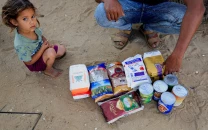
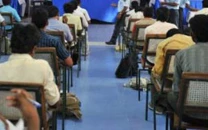
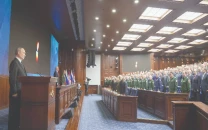
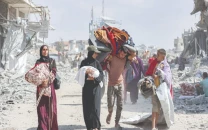
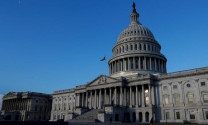




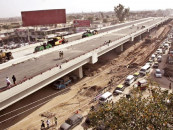

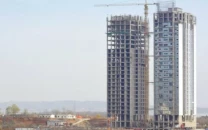






COMMENTS
Comments are moderated and generally will be posted if they are on-topic and not abusive.
For more information, please see our Comments FAQ